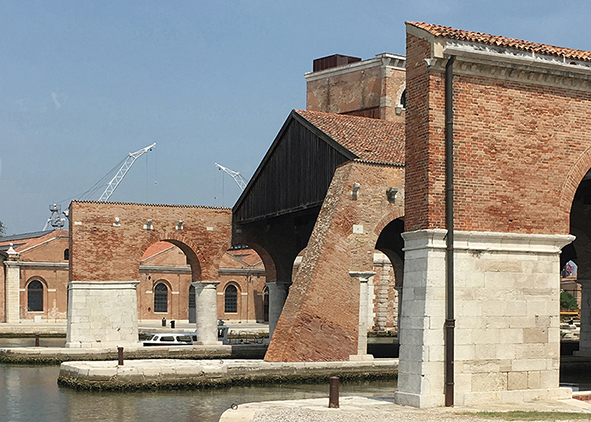
AGATHÓN
International Journal
of Architecture, Art and Design
ISSN (online) 2532-683X
ISSN (print) 2464-9309
SDG 11 | Sustainable Cities and Communities
Goal 11 | Make cities and human settlements inclusive, safe, resilient and sustainable
Urbanisation is one of the most significant developments of the 21st century. More than half of the global population lives in cities, a proportion that is expected to increase to 70% by 2050. Cities drive local and national economies, as hubs of prosperity where more than 80% of global economic activity is concentrated. Urbanisation also poses major challenges. Cities have an enormous environmental footprint. They occupy just three per cent of the world’s surface but are responsible for three-quarters of global resource consumption and 75% of global emissions. Goal 11 aims to reduce the adverse per capita environmental impact of cities, particularly in terms of air quality and waste management. It calls for more inclusive and sustainable forms of urbanisation, based in particular on a participatory, integrated and sustainable approach to urban planning. In addition, it aims to ensure universal access to safe and inclusive green and public spaces, especially for women and children, older persons and persons with disabilities, and provide access to safe and affordable housing and transport systems.
- Target 11.1 | By 2030, ensure access for all to adequate, safe and affordable housing and basic services and upgrade slums.
- Target 11.2 | By 2030, provide access to safe, affordable, accessible and sustainable transport systems for all, improving road safety, notably by expanding public transport, with special attention to the needs of those in vulnerable situations, women, children, persons with disabilities and older persons.
- Target 11.3 | By 2030, enhance inclusive and sustainable urbanization and capacity for participatory, integrated and sustainable human settlement planning and management in all countries.
- Target 11.4 | Strengthen efforts to protect and safeguard the world’s cultural and natural heritage.
- Target 11.5 | By 2030, significantly reduce the number of deaths and the number of people affected and substantially decrease the direct economic losses relative to global gross domestic product caused by disasters, including water-related disasters, with a focus on protecting the poor and people in vulnerable situations.
- Target 11.6 | By 2030, reduce the adverse per capita environmental impact of cities, including by paying special attention to air quality and municipal and other waste management.
- Target 11.7 | By 2030, provide universal access to safe, inclusive and accessible, green and public spaces, in particular for women and children, older persons and persons with disabilities.
- Target 11.a | Support positive economic, social and environmental links between urban, peri-urban and rural areas by strengthening national and regional development planning.
- Target 11.b | By 2020, substantially increase the number of cities and human settlements adopting and implementing integrated policies and plans towards inclusion, resource efficiency, mitigation and adaptation to climate change, resilience to disasters, and develop and implement, in line with the Sendai Framework for Disaster Risk Reduction 2015-2030, holistic disaster risk management at all levels.
- Target 11.c | Support least developed countries, including through financial and technical assistance, in building sustainable and resilient buildings utilizing local materials.
















































































































